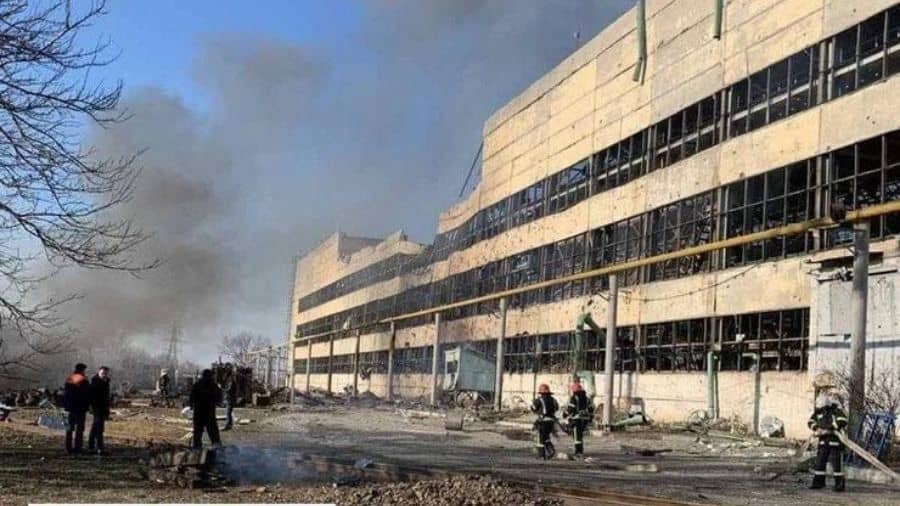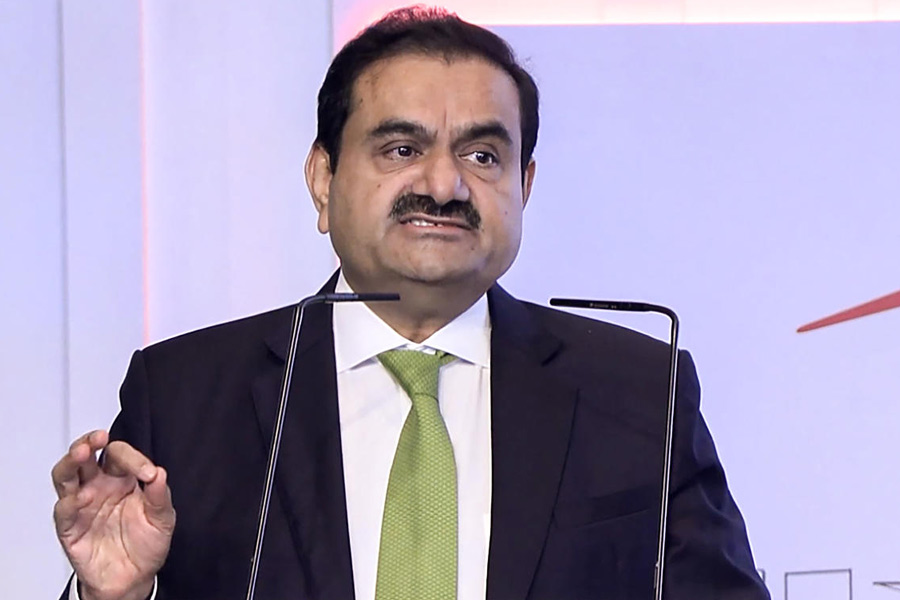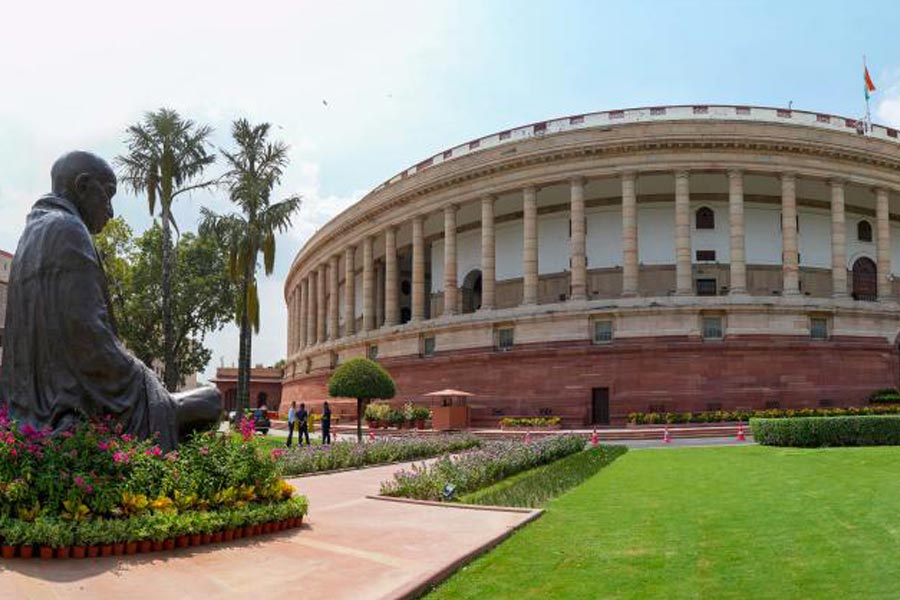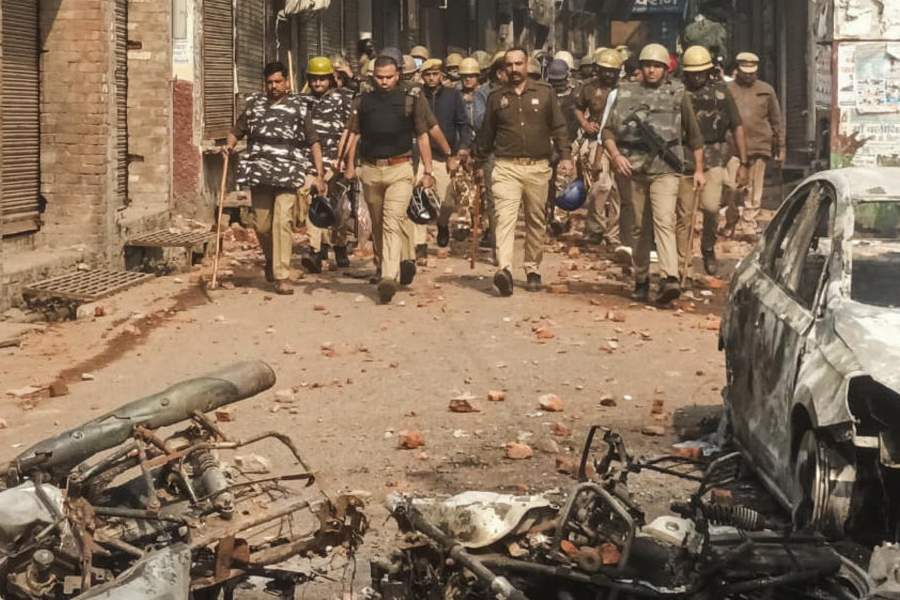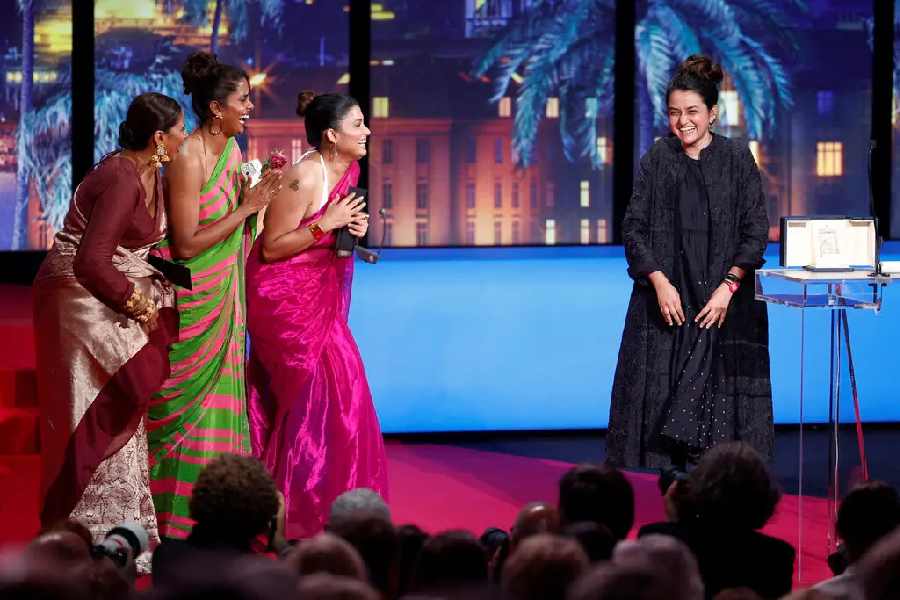India’s watching with alarm as Russia steps up its attacks on Ukrainian defence-related establishments including aircraft manufacturer Antonov and Zorya Mashproekt which are major suppliers to the Indian armed forces.
India has around 100 Antonov AN-32s that are the Indian Air Force’s transport workhorse and Zorya Mashproekt makes the gas turbines that power over 30 of the Indian Navy’s ships.
Dramatic visuals show the Zorya Mashproekt plant in flames and huge clouds of black smoke rising above the Antonov factory in Kiev. The Russians are said to be deliberately targeting Ukraine’s sophisticated defence industry as part of its attempts to bring the country to its knees. Says former chief of naval staff, Admiral Arun Prakash: “If Zorya Mashproekt is affected, that is going to have an adverse impact on our ships at sea. Of all the gas turbine ships, perhaps a majority use Ukrainian gas turbines.”
Both companies are in constant contact with the Indian Navy and IAF supplying parts and doing regular overhauls. The navy is thought to keep about six to eight reserve turbines. In November BHEL and Zorya Mashproekt formed a joint venture to manufacture components for the gas turbines and also carry out overhauling in India.
Antonov, too has worked closely with India for several decades ever since we began buying their planes. In fact, several of the planes are due for upgrades and having new avionics installed for which they will have to return to the manufacturer. The Antonov company is also involved in modernising the fleet at the IAF’s Base Repair Centre in Kanpur. Says a defence analyst: “We are dependent on them for their skilled personnel and expertise and also for components. All that will be impacted.”
When Indian planes were stuck
This will not be the first time India has faced difficulties in Ukraine. Back in 2014, Russia seized the Crimea and Donbas regions in Ukraine and a near-war had taken place then. At the time, 10 of India’s AN-32s got stuck at the Antonov plant and the Air Force was unable to bring them back. Crucially, the work on the aircraft had not been completed because work had stalled. But also the planes could not return because they weren’t getting overflight rights. It took considerable diplomatic manoeuvring to get them back finally. At the time, India had 110 AN-32s in its fleet. India is the biggest user of the AN-32 after the Ukrainian and Russian air forces.
Over a decade ago, an agreement was signed for Antonov to carry out retrofitting work on the AN-32s but this also stalled after 2014 when Russia refused to part with crucial avionics. The Ukrainians finally developed their own replacement systems. The AN-32s were heavily in use during the Ladakh standoff and showed their versatility in the region’s difficult landing strips.
Similarly, we have had problems with Zorya’s gas turbines. India is currently buying ships that are being made in Russia. But since 2014, after the earlier crisis, Ukraine refused to sell the gas turbine engines to Russia. Finally, India had to perform a complex deal by which it bought the engines and then had them transported to Russia. Four of the navy’s ships that are being built are scheduled to be fitted with Zorya gas turbines. Two are at an advanced stage of construction in Russia and two more are scheduled to be built at the Goa Shipyard. It’s not known whether the Russian shipyards have already bought the engines for the ships from Ukraine.
Major manufacturer in Soviet weapons supply chain
When the Soviet Union broke up into different countries, many of the factories stayed exactly where they were. The Ukraine was a major manufacturer in the Soviet weapons supply chain and military development research. So several big defence units which had been established in what became Ukraine stayed right there. But there was a free exchange between the two countries so many of the components were made in Russia and transported to Ukraine and vice-versa.
Russia’s heavy bombardment of Ukraine and the damage to infrastructure in the country could have both short-term and longer-term consequences for India’s armed forces. In the short-term, it may be possible to cope with minor difficulties with spare parts that are already in India. More than 60 per cent of India’s military stock is of Russian origin. This hardware ranges from fighter jets, tanks and helicopters to submarines.
Long term implications
In the longer term, the question arises whether Ukraine will be in any position to resume manufacturing aircraft or gas turbines or even undertake regular maintenance. Says Admiral Prakash: “I have said we need to strike a deal with the Ukrainians and move their factory here. Have a joint venture with them and start making the engines.” He adds: “Maybe it will take a few years, but eventually you have to lick the problem. It is not just today’s problem. It is going to be a long-term problem.”
Prakash points out that it isn’t just the attack on the Zorya Mashproekt factory which could cause delays. The serious question is how much the entire supply chain has been impacted because components come from all over the former Soviet Union. “Little bits and pieces come from all over even on equipment that is so-called Russian. If the whole system has been upset, it is going to have a long-term effect.”
Admiral Prakash adds that making gas turbines is not beyond India’s capabilities and in fact, we have been making gas turbine engines for aircraft like the Sukhoi and the MiG21 for decades under licence at HAL. “Some technology and expertise is available here. It needs vision and planning. We should have started planning 30-40 years ago.”
Ukraine ties strong, but...
India has, over the years, built strong relations with Ukraine, but it’s tough to tell how that might be impacted by the current conflict. There is also the issue of how the West may apply sanctions on any supplies and equipment we source from Russia going forward.
Russia also may not be in any position militarily to supply hardware or spare parts as it wages war on Ukraine and seeks to rebuild its own weapons stocks.
During Russian President Vladimir Putin’s visit to New Delhi last December, India and Russia inked a Rs 50 billion deal for 610,000 AK-203 assault rifles to be manufactured jointly in Uttar Pradeswh. Russia is also due to deliver one stealth firgate for the navy next year and another two are being made by the Goa Shipyard Ltd under a technology transfer deal slated to be delivered in 2026-27. The Russians are also due to deliver a third Akula class nuclear attack submarine in 2025.
One small consolation for India is that the Pakistan Army is also in a fix because it's also a buyer of Ukraine defence equipment. Starting in 1997 Pakistan Bought about 320 T-80UD tanks from Ukraine and these are scheduled for upgrades. Pakistan's Heavy Industries Taxila had signed a $600 million with an Ukrainian firm for these upgrades. Besides that Pakistan was also buying engines for its al-Khalid main battle tank. However, this deal has already faced uncertainties even before the fighting broke out in Ukraine.

